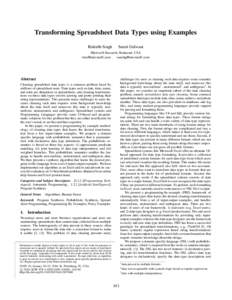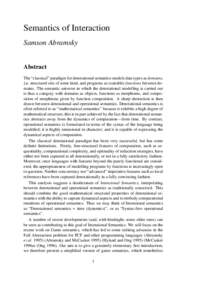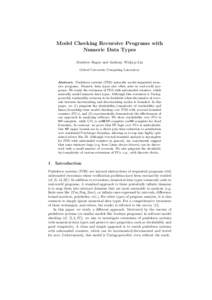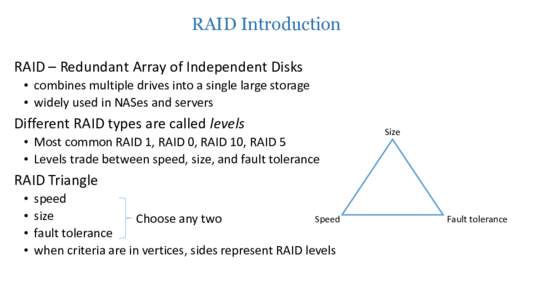<--- Back to Details
| First Page | Document Content | |
|---|---|---|
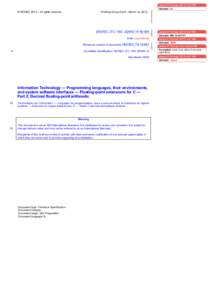 Date: 2013-03-26 16:09:36Numbers Computer architecture IEEE standards IEEE 754-2008 Floating point C99 Decimal32 floating-point format Decimal64 floating-point format Decimal128 floating-point format Computer arithmetic Data types Computing |
Add to Reading List |
 James W Thomas:28 PM Deleted: dd © ISO/IEC 2013 – All rights reserved Working Group Draft – March 14, 2013
James W Thomas:28 PM Deleted: dd © ISO/IEC 2013 – All rights reserved Working Group Draft – March 14, 2013